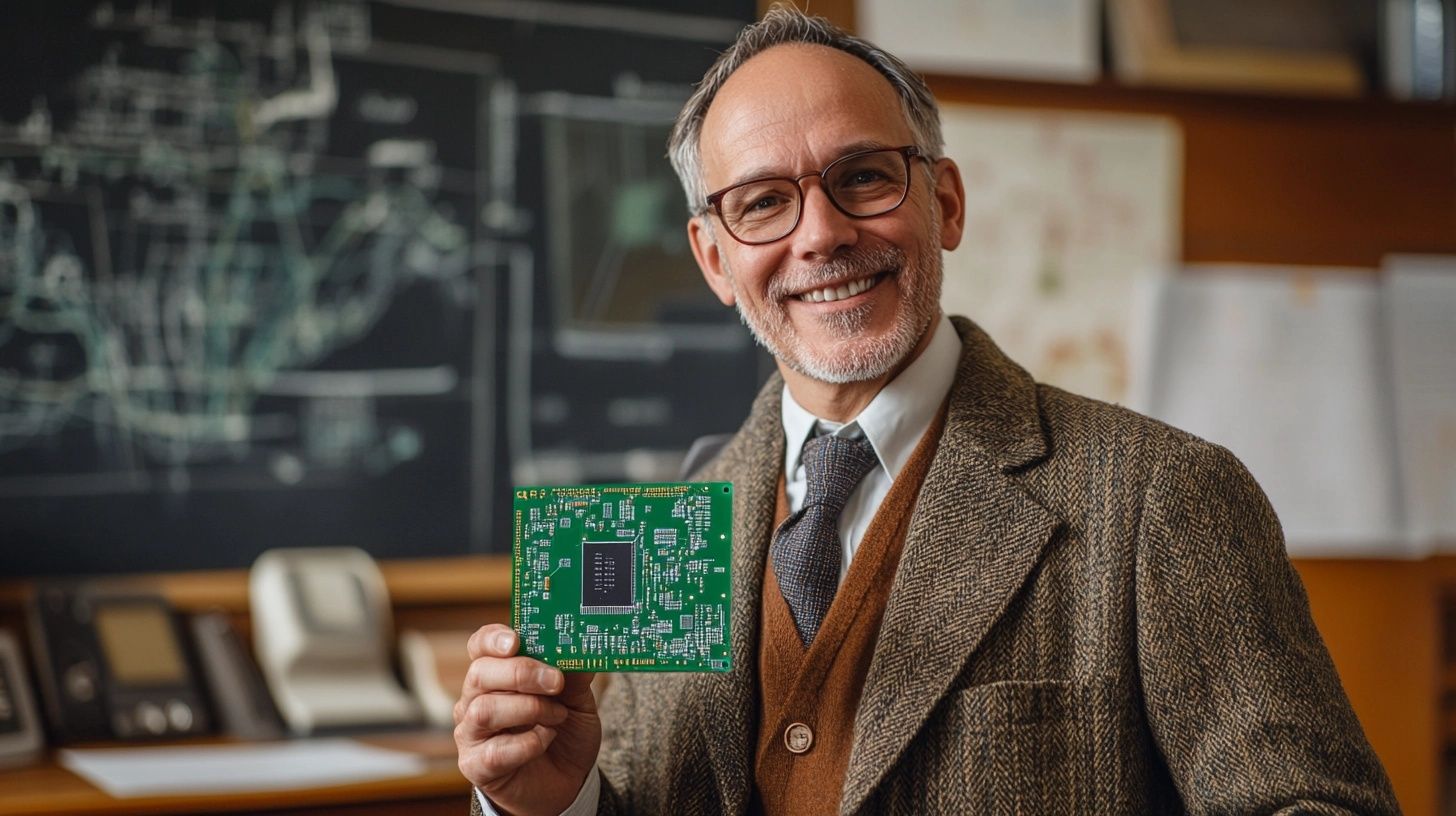The Printed Circuit Board (PCB) is the foundation of modern electronics and an indispensable part of our daily lives. From smartphones and medical devices to vehicles, none of these technologies would be possible without PCBs. However, their story began over 80 years ago with a man who laid the groundwork for today’s electronics manufacturing: Paul Eisler.
Paul Eisler – The Pioneer of the Printed Circuit Board
Paul Eisler, an Austrian engineer, developed the first printed circuits in the 1930s, which he used in a radio. This innovation significantly reduced the labor-intensive process of manual wiring and laid the foundation for automated electronics manufacturing. However, it took several decades before the PCB became widely adopted in the industry. In the 1950s, it was primarily used in defense and aerospace technology, offering compact and reliable circuits.
PCBs Conquer the Industry
By the 1970s, printed circuit boards made their way into consumer electronics. Devices such as calculators, VCRs and home computers benefited from the ability to manufacture circuits in a standardized and cost-effective way. A major breakthrough was the introduction of multilayer technology. By stacking multiple layers, engineers could create more complex circuits in a compact space, paving the way for the miniaturization of modern devices.
The 1980s and 1990s – Miniaturization and Automation
The 1980s marked a new era: with the widespread adoption of Surface Mount Technology (SMT), traditional wired components were replaced by tiny surface-mounted components directly soldered onto the board. This not only saved space but also enabled fully automated assembly, reducing production times and costs. At the same time, material selection improved further. FR-4, a fiberglass-reinforced epoxy laminate, became the industry standard due to its durability and reliability.
In the 1990s, High-Density Interconnect (HDI) technology paved the way for even smaller traces and denser circuits, meeting the increasing demands of modern electronics. These advancements enabled the development of compact devices with ever-increasing performance.
PCBs in the 21st Century – High-Tech in a Small Space
With the 21st century, PCBs entered a new high-tech phase. Multilayer boards with more than 20 layers are now standard in high-end applications such as servers, smartphones and medical devices. Flexible and rigid-flex PCBs have further revolutionized electronics, enabling wearable technology and cutting-edge medical applications. Sustainability has also become a growing focus, with manufacturers prioritizing shorter supply chains, recyclable materials, and energy-efficient production processes.
A Legacy That Lasts
From Paul Eisler to today’s state-of-the-art printed circuit boards, the evolution of PCBs demonstrates how innovation continues to transform the electronics industry. Platforms like bee produced allow companies to leverage these advancements and bring their ideas to life efficiently. The future of PCBs is driven by miniaturization, flexibility and sustainability – and with bee produced, it’s just one click away.
